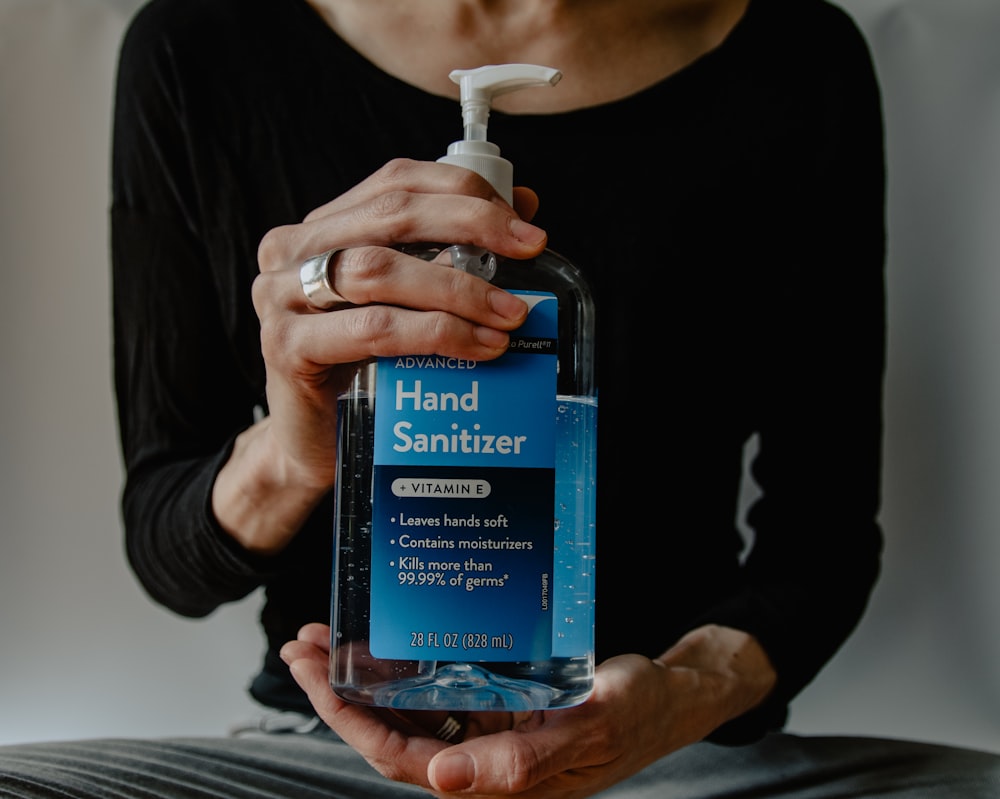
Safeguarding Workplaces: Essential Industrial Hygiene Practices
Safeguarding Workplaces: Essential Industrial Hygiene Practices
The Foundation of Industrial Hygiene
Industrial hygiene is the science and art dedicated to anticipating, recognizing, evaluating, and controlling workplace conditions that may cause illness or injury. It’s a crucial aspect of occupational health and safety, emphasizing the prevention of hazards to ensure the well-being of workers.
Identifying Workplace Hazards
The first step in industrial hygiene is identifying potential hazards within a workplace. This involves a comprehensive assessment of the environment, including exposure to chemicals, noise levels, ventilation systems, and ergonomic factors. By pinpointing these hazards, preventive measures can be implemented to protect workers.
Monitoring Air Quality
Maintaining good air quality is paramount for a healthy work environment. Industrial hygienists regularly monitor air quality to detect and address any pollutants or contaminants. This includes assessing ventilation systems and implementing measures to control airborne hazards, promoting respiratory health among employees.
Controlling Noise Levels
Excessive noise in the workplace can lead to hearing loss and other health issues. Industrial hygiene practices involve evaluating and controlling noise levels through engineering controls, administrative measures, and personal protective equipment. Protecting employees from prolonged exposure to loud environments is a key goal.
Handling Hazardous Materials
Many workplaces deal with hazardous materials that can pose risks to workers. Industrial hygiene focuses on the safe handling, storage, and disposal of these materials. Implementing proper protocols and training ensures that employees are equipped to work safely with potentially harmful substances.
Ergonomics for Worker Well-being
Ergonomics is a critical aspect of industrial hygiene, addressing the design of workspaces and equipment to optimize human well-being and performance. By promoting ergonomic principles, workplaces can reduce the risk of musculoskeletal disorders and enhance overall productivity.
Personal Protective Equipment (PPE)
Industrial hygiene emphasizes the use of personal protective equipment (PPE) as a last line of defense against workplace hazards. This includes items such as safety goggles, gloves, helmets, and respiratory protection. Proper training and enforcement ensure the effective use of PPE.
Training and Education
An integral part of industrial hygiene is providing comprehensive training and education for employees. This includes instruction on hazard recognition, proper use of equipment, and emergency response procedures. Informed and educated workers are better equipped to contribute to a safer work environment.
Industrial Hygiene in the Digital Age
As industries evolve, so do the challenges related to workplace safety. The integration of technology in industrial hygiene has facilitated real-time monitoring, data analysis, and predictive modeling. This enables a more proactive approach to identifying and mitigating potential hazards.
Now, if you’re looking to enhance the industrial hygiene practices in your workplace, consider seeking guidance from experts. Explore more about the importance of industrial hygiene and how it can benefit your organization at Industrial hygiene. They provide valuable insights and resources to ensure the well-being of your workforce.
Cultivating a Culture of Safety
In conclusion, industrial hygiene is not just a set of practices; it’s a cultural commitment to ensuring the health and safety of every worker. By implementing these essential measures, organizations can create







